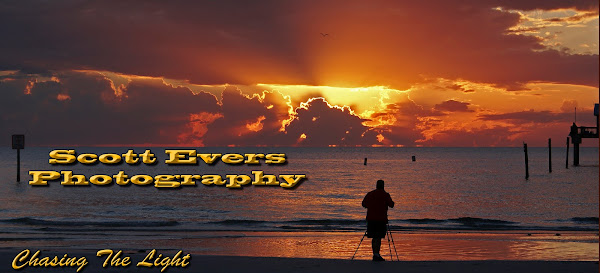The Island of Maui is the second-largest of the Hawaiian Islands at 727.2 square miles. Maui is probably the most popular island in the Hawaiian chain of islands. Although I was going to spend five days here I did not get in all the sights that Maui has to offer. I had worn my wife down with all my running around and she was wanting a little R & R on the beach, but I did manage to get her out for a whale watching tour.
Humpback Whales Swiming Toward our Boat
The Hmpback Whale (Megaptera novaeangliae) is a baleen whale. Adults range in length from (39–52 ft and weigh approximately 80,000 lbs. The Humpback has a distinctive body shape, with unusually long pectoral fins and a knobbly head. It is an acrobatic animal, often breaching and slapping the water. Males produce a complex whale song, which lasts for 10 to 20 minutes and is repeated for hours at a time.
Baby Humpback Whale Breaching
Many of the whale watching tour boats are pretty good size and can handle a lot of people per cruise. I opted for a much smaller Zodiac sized boat so I could right at water level. When a couple whales swam right up to and then just under the boat, You held your breath because they were much bigger than the boat itself.
Since I only had a wide angle zoom, I was pretty frustrated and did not get any really good photos on this trip.
Baby Humpback Keeping Pace With Our Boat
Found in oceans and seas around the world, humpback whales typically migrate up to 25,000 kilometres each year. Humpbacks feed only in summer, in polar waters, and migrate to tropical or sub-tropical waters to breed and give birth in the winter. During the winter, humpbacks fast and live off their fat reserves. The species' diet consists mostly of krill and small fish.
Lahaina Harbor
Sunset from the Waterfront of Lahaina
Sunset view from Front St. Lahaina
So for the next few days I just relaxed on the beach with a lot of swimming, snorkling, and sunset photography. I will be going back to see many of the sights I missed. It is a shame it is just so far away!



















































